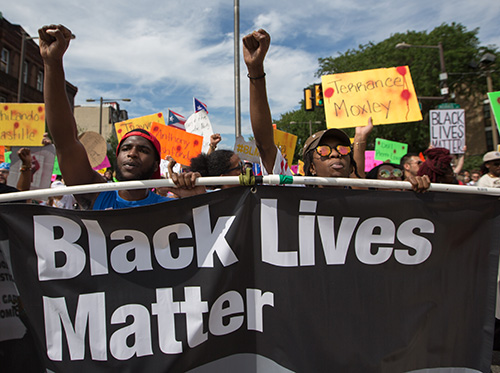

- #Freedom of assembly examples series
- #Freedom of assembly examples free
#Freedom of assembly examples free
The Supreme Court upheld his conviction by creating the “clear and present danger” standard, explaining when the government is allowed to limit free speech. Socialist Party activist Charles Schenck was arrested under the Espionage Act after he distributed fliers urging young men to dodge the draft. The law prohibited interference in military operations or recruitment.

Congress passed the Espionage Act of 1917, shortly after the United States entered into World War I.
#Freedom of assembly examples series
The Supreme Court decided a series of cases in 1919 that helped to define the limitations of free speech. Speech inciting illegal actions or soliciting others to commit crimes aren’t protected under the First Amendment, either.
Obscene material such as child pornography. Not all speech is protected under the First Amendment.įorms of speech that aren’t protected include: Johnson invalidated statutes in Texas and 47 other states prohibiting flag burning. Supreme Court, in 1990, reversed a Texas court’s conviction that Johnson broke the law by desecrating the flag. Gregory Lee Johnson, a youth communist, burned a flag during the 1984 Republican National Convention in Dallas, Texas to protest the Reagan administration. Symbolic speech is an action that expresses an idea.įlag burning is an example of symbolic speech that is protected under the First Amendment. While freedom of speech pertains mostly to the spoken or written word, it also protects some forms of symbolic speech. It protects all forms of communication, from speeches to art and other media. On a basic level, it means that people can express an opinion (even an unpopular or unsavory one) without fear of government censorship. In general, the First Amendment guarantees the right to express ideas and information. Defining what types of speech should and shouldn’t be protected by law has fallen largely to the courts. The First Amendment doesn’t specify what exactly is meant by freedom of speech. The Bill of Rights provides constitutional protection for certain individual liberties, including freedoms of speech, assembly and worship. The First Amendment was adopted on Decemas part of the Bill of Rights-the first ten amendments to the United States Constitution. In the United States, the First Amendment protects freedom of speech.






 0 kommentar(er)
0 kommentar(er)
